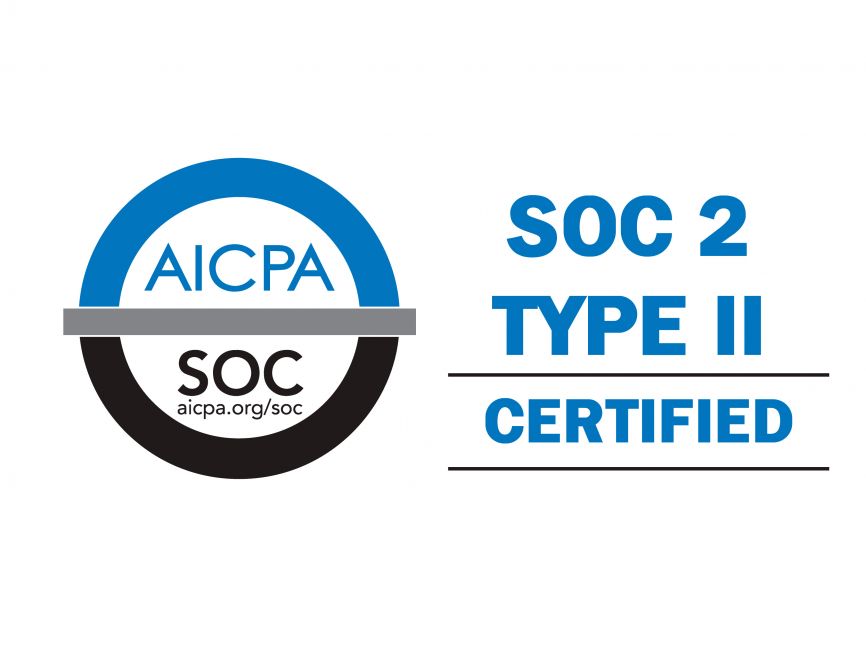If your company is required to offer employees COBRA continuation of your group sponsored health benefits, you may be able to reduce losses by adding one simple step to your employee termination process.
COBRA beneficiaries have caused problems with fully insured and self funded groups ever since the law was signed into effect 1985. In most cases, the population of employees that elect to continue their health benefits are typically those that are sick and need to continue treatment for an illness, injury, or chronic condition that requires expensive prescription drugs.
For self insured groups, the company is paying those claims directly, which contribute to claim costs even after the individual’s employment has ended. Fully insured groups, on the other hand, may not have to pay direct costs for COBRA beneficiaries, but the claims will accumulate and be calculated into their annual renewal where they may get hit with a large increase due to these claims.
To avoid this problem, you can simply present the options that are available on the health insurance marketplace to the employee that is losing coverage. The loss of coverage will create a special enrollment period, allowing the employee to elect coverage before the loss of coverage, or for up to 60 days after the loss of coverage.
In addition to being detrimental to company plan costs, it is expensive for the employee who elects COBRA continuation. Under Federal law, COBRA premiums are paid 100% by the employee plus a 2% administration fee. So, If the cost of coverage to the employee during employment was $250 per month, with the employee paying 30% and the employer paying 70%, their COBRA premium would be $850 per month.
For many lower wage employees, the cost of plans on the health insurance marketplace will be better than paying the cost of COBRA continuation, and as an employer, if your employee chooses a marketplace plan, then they aren’t going to be accumulating claims toward your claim cost (self insured) or your loss ratios at renewal (fully insured).
Why haven’t I heard about this before now?
Before the enactment of the Affordable Care Act, the individual market did not cover claims associated with an applicant’s pre-existing conditions. This made COBRA the only option for an employee or dependent who was sick because claims for that illness would not be covered.
Since January 1, 2014, all policies sold on the health insurance marketplace cover treatment for pre-existing conditions, which has made the individual market more consumer friendly for those losing employer sponsored coverage.
What you can not do!
You can not intentionally change your COBRA Notice (a model notice can be found here) to include marketing information for a call center based enrollment service directly in the language of the Notice. We learned that the hard way…
You can, however, provide health insurance marketplace information to employees losing coverage outside of the COBRA Notice. Whether, that is in termination paperwork, or part of an exit interview, you can and should provide that information to an employee so that they understand all of their options and keep the employer sponsored health plan costs down.
Partnering with an enrollment service, like American Exchange, can accomplish these goals, all while providing former employees with a free service for answering questions about health insurance marketplace plans, and providing valuable advice in making this decision for the individual or family that is facing this decision.
Andrew Hetzler is the Chief Operating Officer of American Exchange. For a free consultation with a licensed agent call 1-888-995-1674 or email info@americanexchange.com. To contact Andrew directly, you can email him at andrew.hetzler@americanexchange.com.

